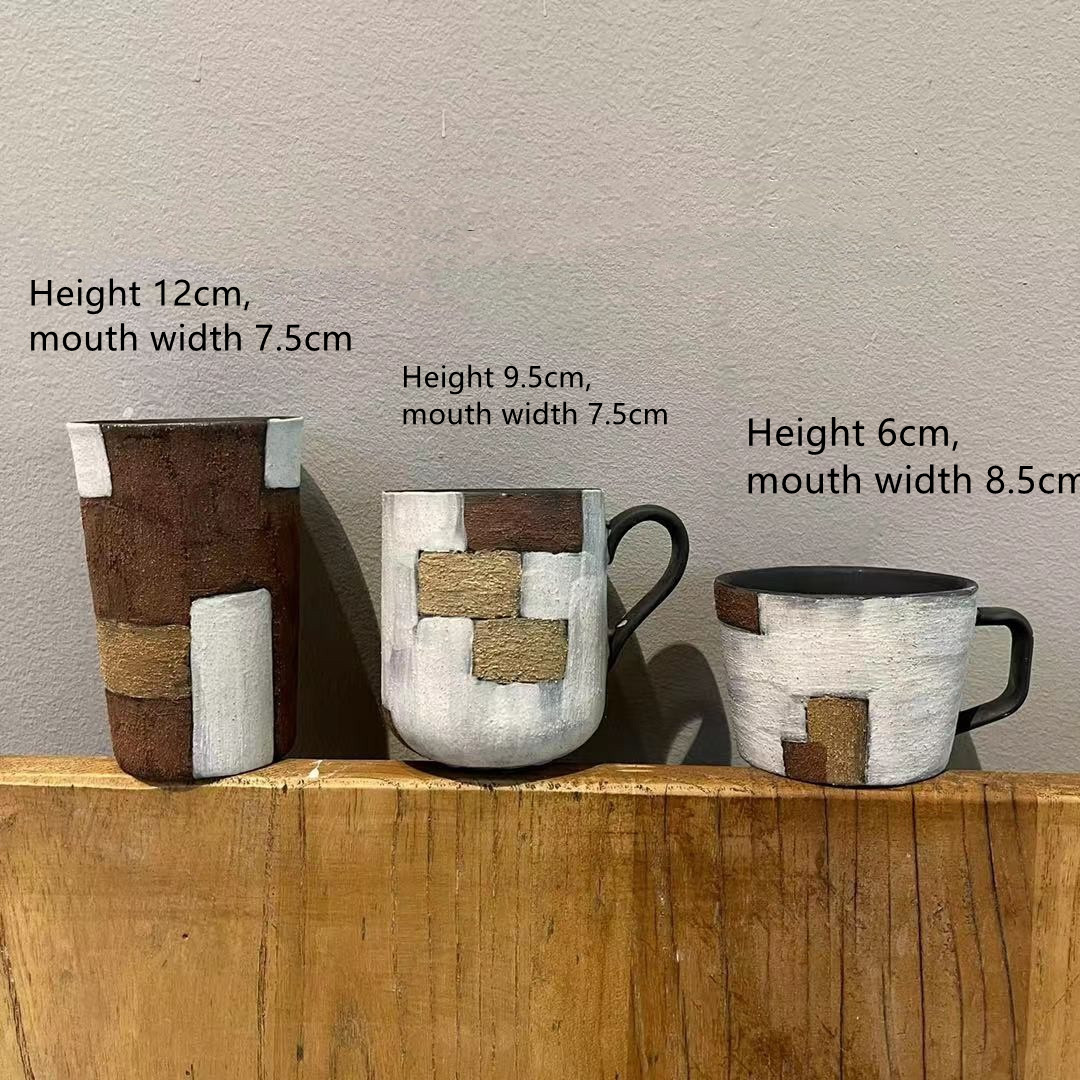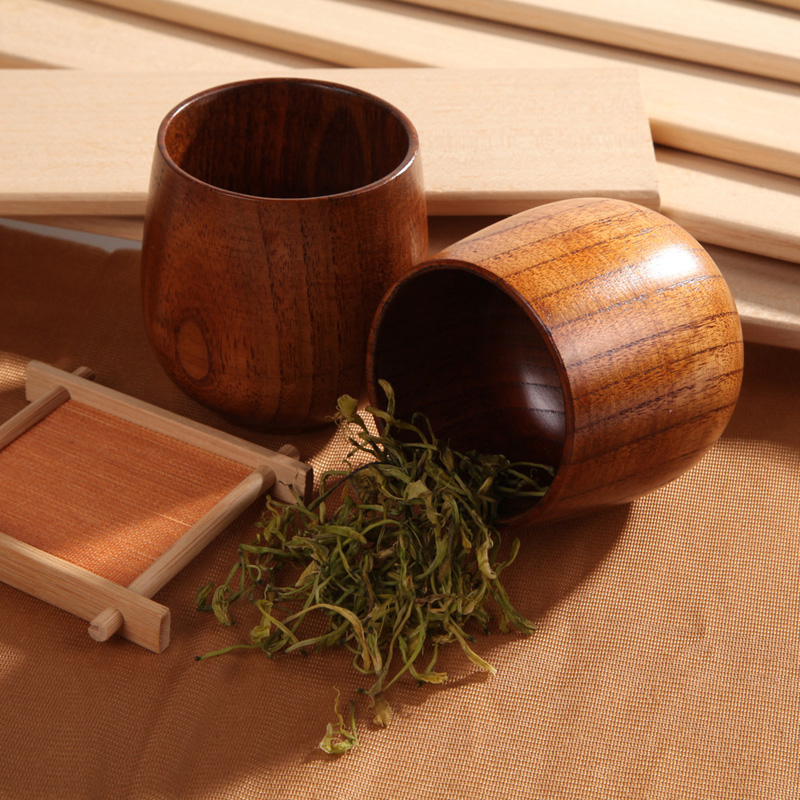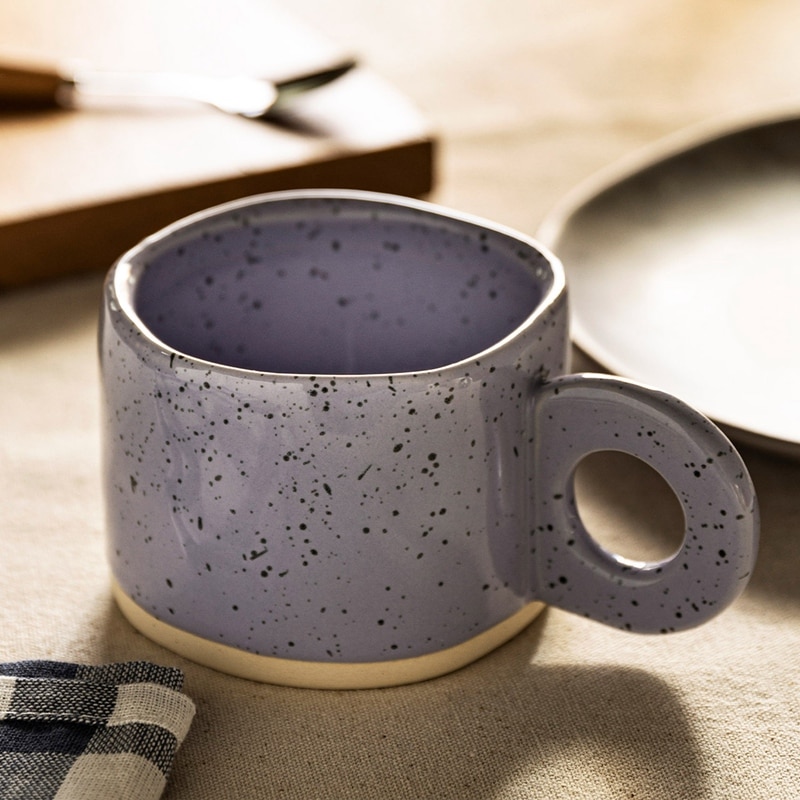Handmade items possess a certain allure and charm that sets them apart from their mass-produced counterparts. These unique creations are the result of a harmonious blend of craftsmanship, meticulous material selection, and the personal touch of skilled artisans. In this introduction, we will delve into the captivating science that underlies the creation of handmade items, unlocking the secrets behind their exceptional quality and individuality.
Crafting extraordinary handmade pieces encompasses a deep understanding of material properties and the application of refined techniques. Artisans carefully select materials, such as wood, fabric, clay, or metal, considering their distinct characteristics and suitability for the intended outcome. Through this process, they harness the scientific principles that govern the strength, durability, flexibility, and texture of each material, ensuring the creation of a masterpiece that stands the test of time.
The true magic of handmade items lies in the craftsmanship and expertise of the artisans themselves. Their honed skills, acquired through years of experience, enable them to manipulate and shape materials with precision and finesse. From woodworking to ceramics, each craft involves the application of specific techniques and tools, driven by a profound understanding of the scientific principles governing the materials' behavior. With unwavering dedication, artisans transform raw materials into captivating works of art, showcasing the embodiment of science through their skilled hands.
Ergonomics and human factors also play a pivotal role in the creation of handmade items. Meticulously considering how humans interact with objects, artisans strive to craft items that are not only aesthetically pleasing but also comfortable and functional. The science behind this lies in comprehending the nuances of size, weight, grip, and usability, tailoring each piece to the unique needs and preferences of individuals. The result is an exquisite harmony between design and practicality, elevating the handmade item to a level that transcends its mere physical form.
Handmade items are characterized by an unparalleled attention to detail, showcasing the epitome of fine craftsmanship. Artisans employ a scientific understanding of precision, accuracy, and visual appeal to create intricate designs that captivate the eye and evoke a sense of awe. Through expert use of tools, they achieve precise measurements, angles, and finishes, ensuring that every minute element contributes to the overall beauty and quality of the finished product.
Beyond the tangible aspects, handmade items have a profound impact on our emotions and psyche. The psychology of aesthetics, personalization, and craftsmanship intertwines with the science behind these creations. Handmade items possess an innate ability to evoke deep emotional connections, as they are often perceived as more authentic and unique. This connection cultivates a sense of appreciation and admiration for the craftsmanship, instilling a profound value that extends beyond the material worth of the item itself.
In an era marked by growing concerns about sustainability and environmental impact, handmade items align harmoniously with these pressing issues. Through conscious material selection, waste reduction techniques, and ethical sourcing, artisans uphold principles of sustainability. The science behind their choices revolves around eco-friendly materials, energy efficiency, and utilizing renewable resources. By opting for handmade items, individuals can indulge in remarkable creations while minimizing their ecological footprint.
As we embark on this journey through the realm of handmade items, we will uncover the scientific foundations that make them exceptional. From the intricate craftsmanship to the selection of materials, the human touch and attention to detail, we will delve deeper into the intricate web of scientific principles that breathe life into each handmade masterpiece. Prepare to be captivated by the fusion of artistry and science as we unravel the secrets behind these extraordinary creations.
Handmade items have a unique charm and appeal that sets them apart from mass-produced products. The science behind handmade items lies in the combination of craftsmanship, materials, and the human touch involved in their creation. Let's explore the science behind the creation of handmade items.
1. Material Selection and Properties: Handmade items often involve the selection of specific materials based on their properties and suitability for the desired outcome. The science behind this process involves understanding the characteristics of different materials, such as wood, fabric, clay, or metal. Factors like strength, durability, flexibility, and texture are considered when choosing materials for specific handmade items.
2. Craftsmanship and Techniques: Handmade items require skilled craftsmanship and the application of various techniques. The science lies in the knowledge and expertise of the artisan, who understands the principles and methods behind working with different materials. For example, woodworking involves knowledge of wood grain, joinery techniques, and the use of specific tools to shape and assemble the material effectively.
3. Ergonomics and Human Factors: Handmade items often consider ergonomics and human factors in their design and creation. The science behind this involves understanding how humans interact with objects and ensuring that the items are comfortable, functional, and aesthetically pleasing. Handmade items can be tailored to fit the unique needs and preferences of individuals, taking into account factors like size, weight, grip, and usability.
4. Attention to Detail: Handmade items are known for their attention to detail and fine craftsmanship. The science behind this lies in the understanding of precision, accuracy, and the visual appeal of intricate designs. Artisans use tools and techniques to achieve precise measurements, angles, and finishes, resulting in visually appealing and high-quality handmade products.
5. Emotional Connection and Psychology: Handmade items often evoke an emotional connection between the creator and the consumer. The science behind this lies in psychology and the understanding of how aesthetics, personalization, and craftsmanship can elicit positive emotions and enhance the perceived value of the item. Handmade items are often seen as more authentic and unique, which can create a deeper connection and sense of appreciation.
6. Creativity and Problem-Solving: The creation of handmade items involves creativity and problem-solving. Artisans often experiment with different techniques, materials, and designs to achieve the desired outcome. The science lies in the exploration of possibilities, understanding cause-and-effect relationships, and finding innovative solutions to challenges that arise during the creative process.
7. Sustainability and Environmental Impact: Handmade items often align with sustainable practices and have a lower environmental impact compared to mass-produced products. The science behind this involves considerations of eco-friendly materials, waste reduction, energy efficiency, and ethical sourcing. Handmade items can be crafted using renewable resources, recycled materials, and techniques that minimize waste and harmful environmental effects.
In summary, the science behind handmade items encompasses material properties, craftsmanship, human factors, attention to detail, psychology, problem-solving, creativity, and sustainability. The combination of these elements contributes to the unique appeal and value of handmade products, making them cherished items that showcase the skill, dedication, and artistry of the artisans who create them.













Post a Comment